Education is a diverse field that encompasses a wide range of activities. The central objective of these activities is to impart knowledge and learning to students. Apart from their regular exams, it is important for the students to inculcate a healthy competitive spirit which prepares them well for their future.
An Olympiad is an exam or a test that is designed to assess a child’s performance in comparison to other students at the same educational level. It is a great way for students to compete with their peers on a regional or national level.


These exams are often used to promote certain skills such as reasoning ability under mathematics, comprehension and writing skills under English, etc. They are also another tool to motivate students towards unfolding their true potential in their academics and perform well generally.
In India, Olympiad Exams are conducted by the Science Olympiad Foundation (New Delhi, India) to promote school subjects and skills as well as knowledge of different kinds of scientific aptitude among school children. SOF, particularly, organizes around six Olympiads tests each year including the National Cyber Olympiad, National Science Olympiad, International Mathematics Olympiad and International English Olympiad and International General Knowledge Olympiad.
They are meant for students from grade 1 to grade 12 as well. The registration for these competitions can be done through a student’s school itself which receives all the forms and details from the organization conducting the olympiads. Once students register for them, it is important that they give proper time to prepare well for the exams.
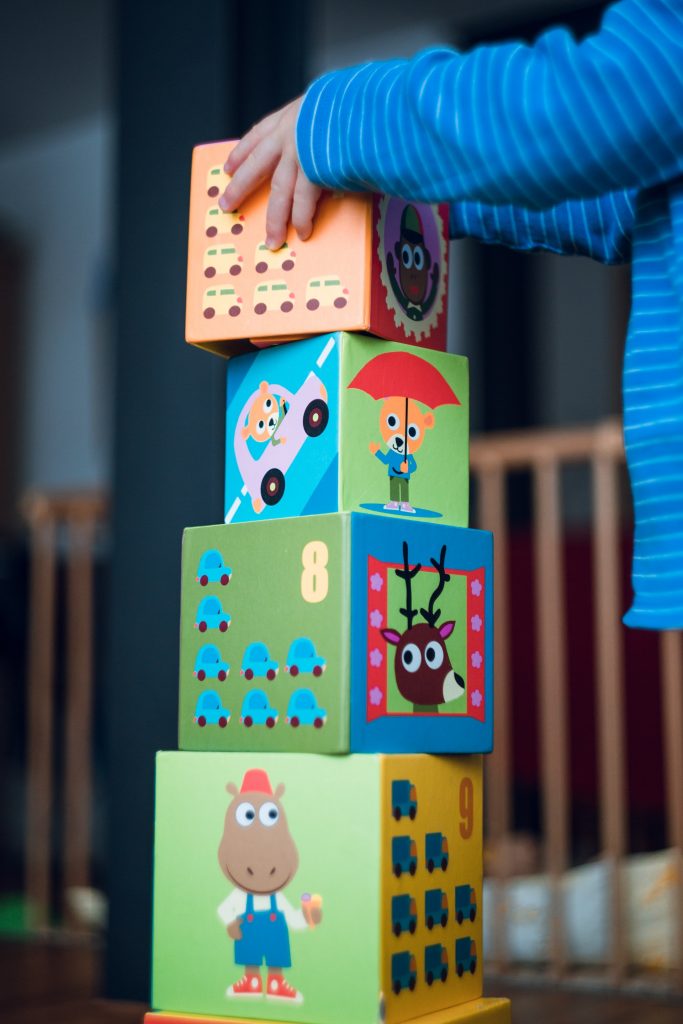

Usually, it is the school curriculum that comes for the Olympiads. Moreover, the questions asked in these Olympiads are objective-based and requires students to apply their classroom knowledge in solving questions. Since the results of the Olympiads are not added to the academic merit of a student, they prepare hard for the exams without any pressure. It can be seen as more of a fun test where students participate and learn about themselves. If they win prizes, they get rewarded but even if they don’t, they get to know about their skills and areas that need their attention.
Olympiads promote a sense of awareness among the students about their strengths and weaknesses, their areas of interest and improvement.
It assists them in understanding that they have done a good job and where they actually stand in comparison to others, also becomes clear. It boosts the confidence among students and makes sure that they are ready for a new challenge tomorrow!
The International Junior Science Olympiad or the IJSO is a science competition for students between the age of 15 years (or younger) as of 31st December of the competition year. IJSO aims to promote an active interest in science among school students by exposing them to problem-solving, critical thinking and experimentation.
“Critical reason is the only alternative to violence so far discovered.”
– Karl Popper
IJSO- a purely educational event has been established to recognize the significance of the Natural Sciences not only in the general education of young adults but also in various aspects of their lives. Over the years, IJSO aims to positively impact science and mathematics education at the school level.


In November, almost a year before the actual contest, an all-India exam is held for interested students. Out of this, about 300 students are shortlisted for an Indian Junior Science Olympiad, which is held in January.
Of this, about 35-40 students are selected for a three-week orientation-cum-selection camp that is held at the Homi Bhabha Centre for Science Education, Mumbai.
At the camp, students are trained rigorously by a team of faculty drawn from schools and colleges across the country. Based on their performance, six students from this batch are selected for the International contest which is held in December.
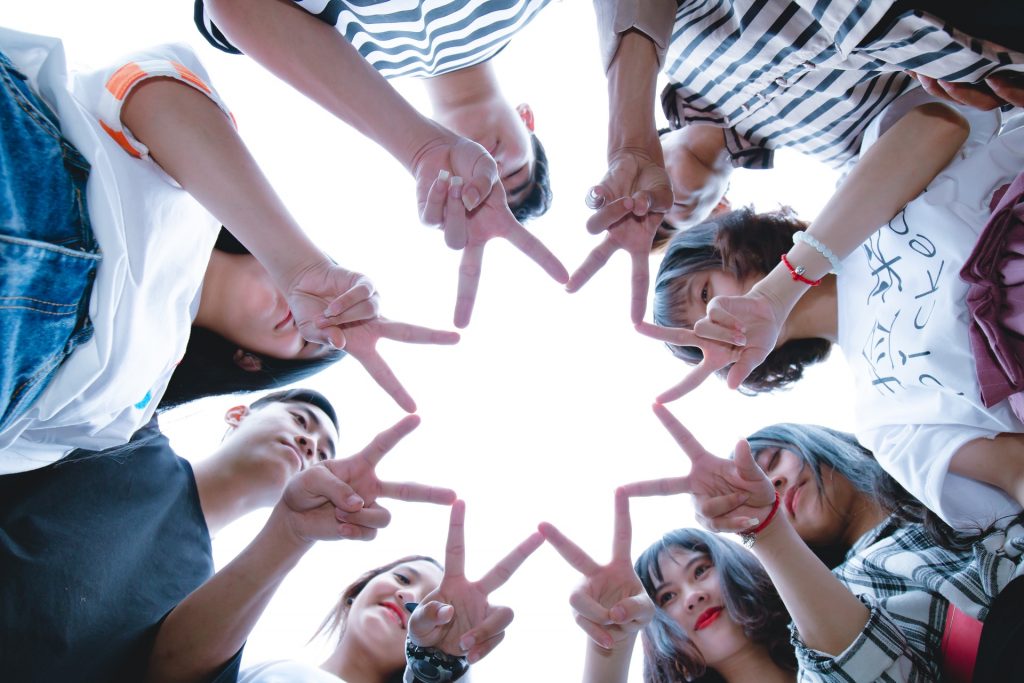

The main aim of the IJSO is to promote and reward the pursuit of excellence in scientific endeavor, challenge, stimulate and encourage gifted students to further develop their talents in Natural Sciences and create amicable relationships among students, at a global level from an early age.
This Olympiad is a general science competition, therefore, the syllabus is not strictly divided into the disciplines of biology, chemistry and physics rather it intends to highlight basic general concepts in science. This conceptual approach is also meant to encourage the development of problems of interdisciplinary content and relevance.


Last year, there were 70 participating nations in the International Junior Science Olympiad, which lasted for 10 days. Each nation had a standard team of 6 students and 3 leaders for the event. India won 6 gold medals in a mind-boggling competition.
This Olympiad stimulates the active interest of students in the Natural Sciences, promotes their careers as scientists, enhances and develops international contacts in the Natural Sciences. This promotes future scientific collaboration, encourages friendships within the scientific community, and offers the opportunity to compare the syllabi and educational trends in science education with other participating countries.
The content of the syllabus is based on various topics related to science like laboratory skills.


Other areas of the exam include structures, properties and functions of parts of the human body, waves and matter, periodic table, development and evolution, mathematical skills etc.
These competitions, Olympiads are hosted to inculcate in students an attitude towards healthy competition, be ready to face challenges and know more about the kind of approach other institutes take towards the study of science.
Man is a social animal. By nature, he is curious and communicative. This thirst for knowledge has led him to connect whenever, wherever and with whomever he wishes to. Technology has been the motivator of man’s innate desire to socialize and social media has made the globe a village.
We are constantly updated about everyone’s daily schedule, life goals, career choices, familial relations and whatnot. It has helped in reuniting families, procuring medical and financial aid from complete benevolent strangers.
Social media is a growing tool helping in making connections in all domains. Corporations have morphed it into a talent recruitment platform with partially social platforms- LinkedIn, Indeed, MeetUp etc.
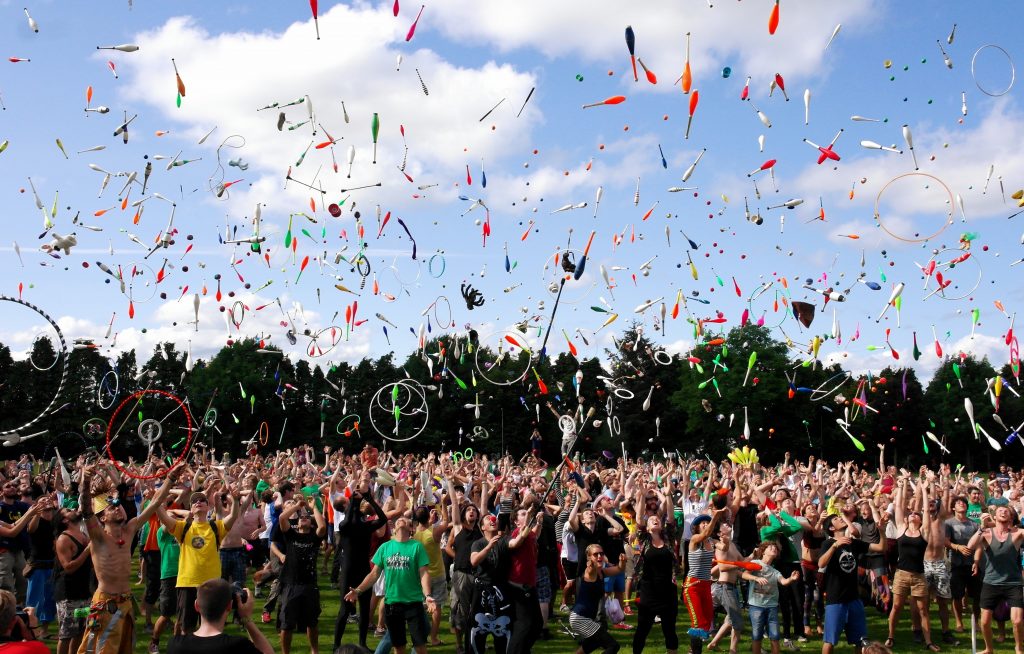

Students have been using apps for core academic discussions, live classroom interactions, assignment discussions etc via exhaustive use of Google Classroom, Edmodo, and other similar apps.
People have found their life-partners through Facebook, Instagram, Bumble, etc. There are even social media apps for kids also where they can stay motivated and creative by virtually connecting with kids their age along with posting their content.
Unfortunately, the flip side of this picture is a dark web of spiders who see social media as a trap for malicious activities without having to show their faces. There is always risk involved in using virtual platforms to connect because you can never be sure of someone’s identity if you do not recognize them.
Although, this should not discourage someone from having safe virtual connections. We can always be vigilant about our activities and responsibly use social media.


The first thing to remember is that if we are actively exploring the social world, we need to know the topography of the virtual plane. Virtual and Actual socializing are two different spheres. What we can share with our trusted friends and family members face-to-face cannot and must not be discussed openly. People close to you understand your emotional needs but in virtual reality, nothing is beyond judgment or careless commenting.
Always value your privacy. If you expect to share intimate details of your personal life in the virtual world and at the same time expect a compassionate or amicable response, then you are not wrong. But what you need to understand is that not everyone viewing such content arrives with good intent. Some are present only to create an uncomfortable environment for the satisfaction of a twisted sense of their entertainment.
Cyberbullying, harassment, character assassination manifest a disturbing aspect of social media. Many have been victims of such cyber-crimes and some have even faced an untimely, tragic demise as a consequence of such heinous crimes.


The problem is the non-identification of these miscreants due to a loose definition of Cybercrimes. Another problem is phishing and malware that is circulated through messages and it can harm or download any kind of data on our device. False advertisements and sale announcements are the easiest way of fooling the innocent audience, so, only after cross-checking such news, we should open such links.
“If winter comes, can spring be far behind?”


A little bit of caution goes a long way. It is, therefore, advisable to enter social media at an appropriate age. If you are not an adult or confused about something, it is best to trust your parents and seek their guidance as to what your next step should be. Keep your privacy settings updated and try not to post derogatory or in general negative remarks about somebody else, meanwhile, refrain from indulging in meaningless comment threads.
Social media is a place blooming with opportunities for healthy relationships, unexpected friendships and sharing your memories. With the proper realization of our responsibilities and correct attitude we can enjoy socializing to its fullest.
Online education has resulted in different scenarios for various organizations. Unfortunately, only a handful of them has barely managed to thrive amidst pandemic when the rest of them have perished or succumbed to the harsh realities of these times. Schools from across the nation have switched to online learning mode and students and teachers are rightfully abiding by it.
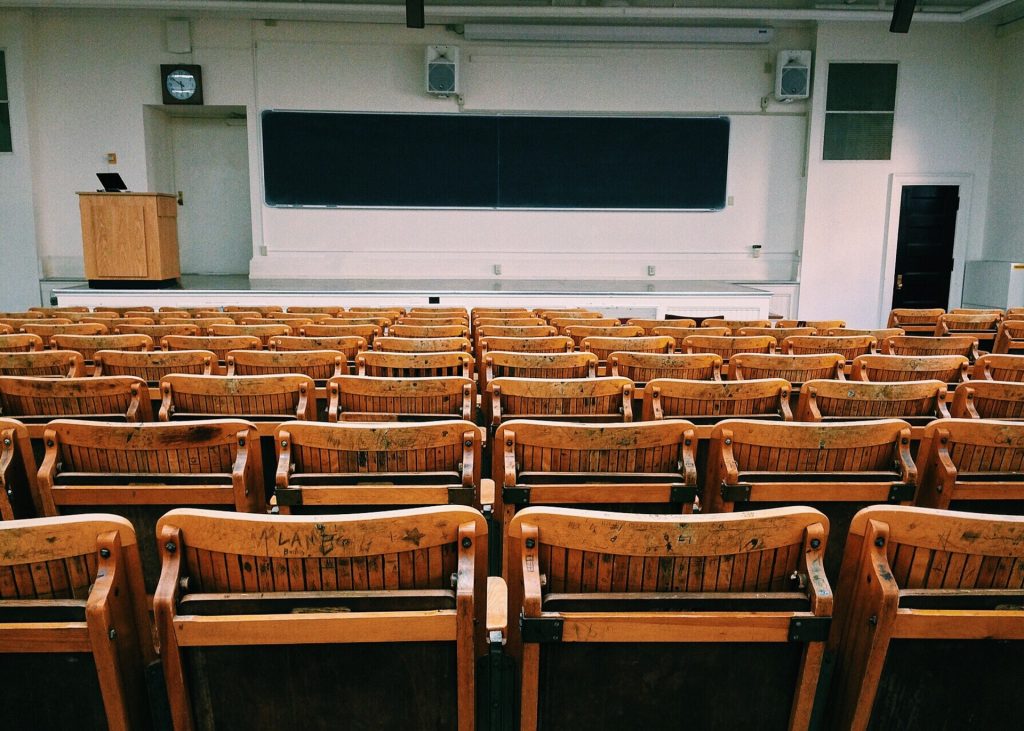

The important question that needs to be answered is whether schools are self-sufficient in making online education successful or not?
Largely, schools have curated a set of tools and platforms to enhance the online learning experience for their students. This includes virtual meeting applications like Zoom, Google Meet, CodeTantra etc.
Other institutions make sure that they provide their students with study materials in case online teaching is not feasible.


However, a lot of many schools lack the confidence needed to deal with these unprecedented challenges. When the pandemic hit the country, it did so in an uncertain manner and the planning to deal with that entropy couldn’t match the expectations.
The situation became better somehow and the lessons learned were put into practice for future courses of action. Now, the direction that we’re heading toward is the upcoming chapters of self-reliance, a process that can truly make our schools capable of their own to provide advanced education to all the students under any form of uncertainty. This form of the mechanism will truly contribute to the development of the nation and will be the leading factor of us moving forward.
Schools form the basic structure of our community and our society, hence, they carry on themselves a sense of responsibility for the young generation of students to lead them in happier, successful ways in their chosen fields of interest.
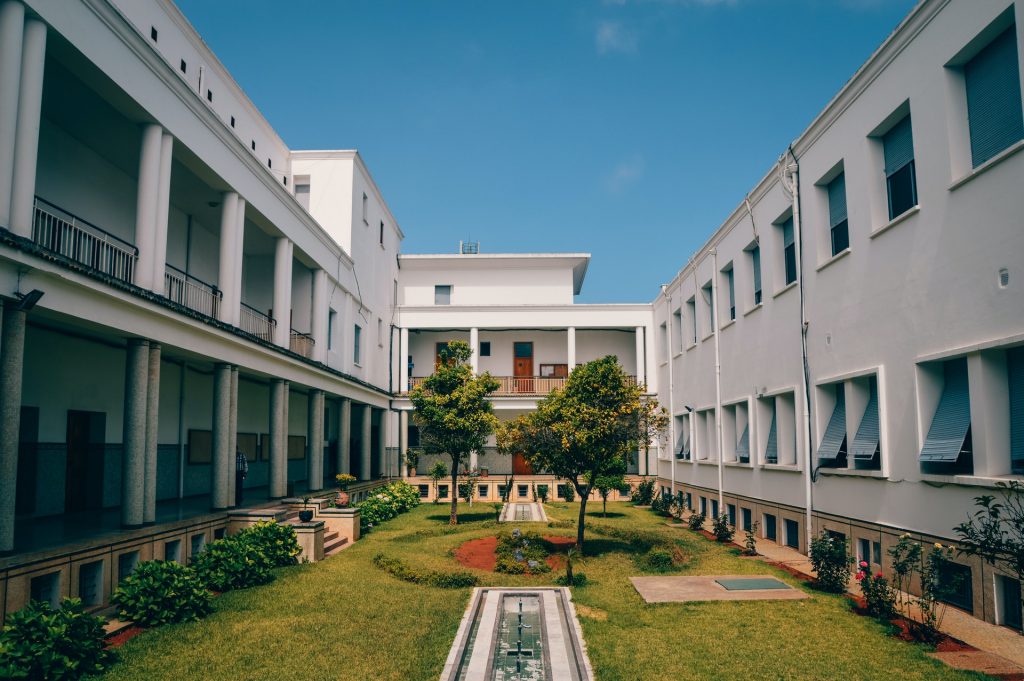

The wisdom required to move towards a self-reliant future lies in our present and past. It is important that we learn from our mistakes and reinforce our strengths and values. Reimagining our nation for a better tomorrow goes through the processes of resource planning and careful implementation.
The future lies in getting the technology and the right skills to build multiple unique industries at home. A sense of self-dependency will play a key role in shaping our development and schools take an important position in the process.
They will have to take novel initiatives to inspire millions of students across the country to make their ideas and dreams come true and not let the worst of times affect our progress in any way. They are the flag bearers of an “ आत्मनिर्भर movement” that will empower us to become a leading force among hundreds of nations.
We all have faced the hassle of untangling that long, fragile, stubborn wires of earphones. We have seen the way electrical wires are just stuck up together on electrical poles- enduring all weather conditions, a true display of human monstrosity blemishing the beauty of the blue planet.
Internet of Things or IoT is a wireless ecosystem of devices connected via transmitters, embedded sensors for the purpose of sharing data/internet.


The IoT enabled device will collect data, collate and transfer it through a gateway to a user interface or other back-end system for analysis.
Some devices also use Artificial Intelligence for data processing and producing results moderated according to the users. Mostly, the devices form an environment of communication and data transfer among themselves, although, humans can instruct to set them up.
IoT has been in use among the transportation industry, medical industries, hospitality and many tech/non-tech companies to synchronize and share huge databases within the corporation. With the advent of the technological revolution, the tech-giant Alphabet has introduced IoT for households through Google Smart devices such as- Google Home, Google Voice recognition etc.
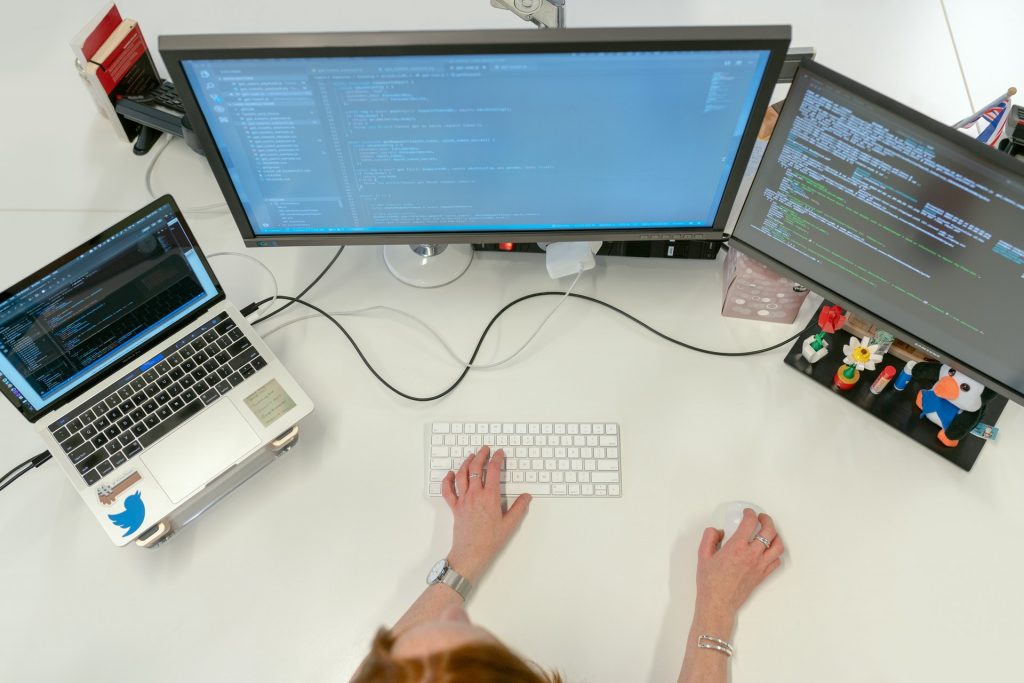

For the companies, IoT is an efficient way to manage user interest, collect and store data in cloud storage and process it to make their device function to achieve customer satisfaction. It also makes the companies observe what modifications, in general, should be made to improve the quality of the product. This quality of learning and improving in a device is termed as ‘smart’, hence called ‘Smart Device’.
For the user, this is beneficial because it gives aesthetic fulfillment along with fast processing. IoT products cover a limited area and can be set up anywhere within a certain range without having to worry about the wire length, entangling, tripping or mild electrocution.
It encourages ease of access from multi-device, hence, improving connectivity. India is an agrarian country. IoT can be used in agriculture to sense humidity, precipitation and other meteorological information to aid in farming activities.
Being fairly new, there are certain threats posed at the IoT ecosystem and possible future problems as well. The more we go wireless, there is the threat of hacking attacks to increase, it will be a challenge for the tech companies to manage the unprecedented amount of data input. The use of Artificial Intelligence is a debated topic as it is seen as a replacement for humans, securing privacy along with unmatchable smooth experience is also a mind-boggling task.


The future is unknown and mysterious. The present is here and in our control. The best we can do is make technology user-friendly, eco-friendly and secure. Internet of Things is also the Integration of Technology in our life. It will, therefore, not be long before we are in sync with the wireless ways of using devices.
“Who are you when no one’s watching?


The human mind is a complex labyrinth of emotions. Most of us are able to keep them in check and do what is moral most of the time. Imagine, if we were given the freedom to say what we thought and to do what we want. Although such a moment has yet to arrive, some people mistake social media or the internet, in general, as such a place.
They blabber and bully whomever they feel whenever they feel without any tangible consequences. You guessed it right, we are here to discuss cyber bullying- a festering tumor in the internet community. Certain people do not understand the responsibility of their single actions. They feel that the internet is a curtain lavished upon them and hence their mischievous behavior will not have any consequence.


The most basic form of cyber bullying is commenting lewd remarks on any multimedia post they come across. Certain videos have irrational comments targeting the performer’s physique, race, gender, couture etc. Even on food channels, we see comments about unrelated and illicit topics. Bullying gets uglier if the bully feels encouraged.
As active consumers of the internet it is our collective responsibility to look out and nip them in the bud and analyse if we are a victim or the bully itself.
For this, we have to patiently retrospect the type of presence we have created on the web. If we are enjoying remarking and indulging in demeaning and unnecessary comment-wars then we may be the bully or even worse, the encouragement a bully seeks.
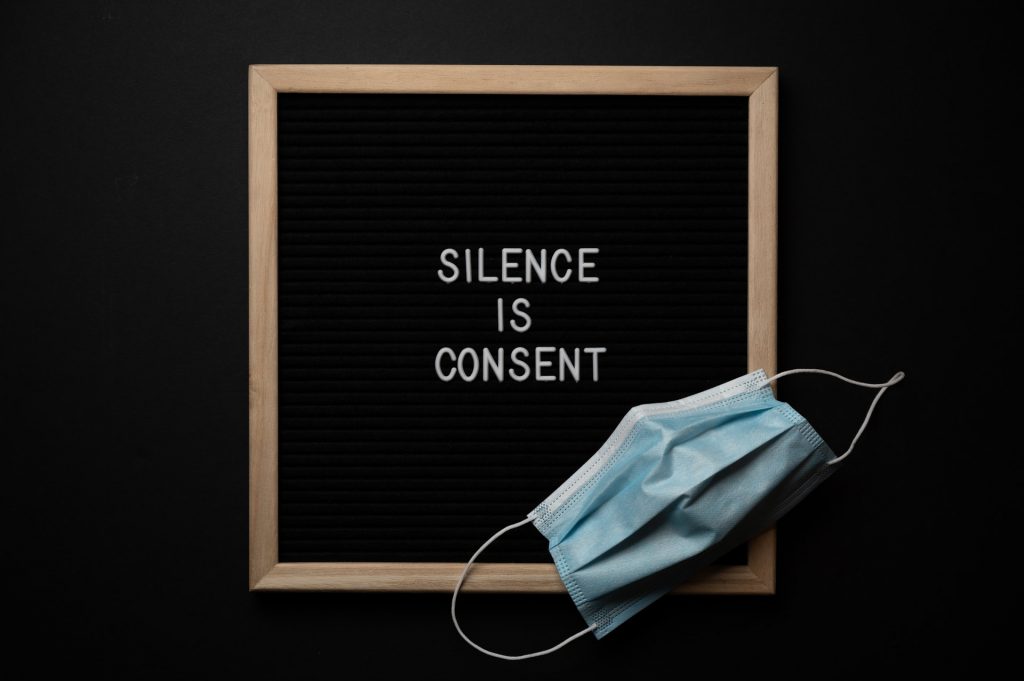

Even as a victim, not reporting such activities is counted as encouragement. Bullying of any form has only one solution- Action!. The sooner we recognize and act, the more fruitful results we can get.
Nobody wants to face negativity without reason and cyber bullies make it a personal agenda to spread tension and feel the satisfaction of being the more ‘powerful’ one.
November 5, celebrated as International Day Against Violence and Bullying in Schools Including Cyber bullying is a reminder of how serious the government and people are against this sensitive topic.


The Constitution of India places proficient action against derogatory commenting, impersonation, a threat by blackmail, harassment under one umbrella of the IT Act. The laws in themselves are just and strict but the crime is multi-faceted and loosely defined.
Physical bullying in schools goes unreported or overlooked as regular children’s fight. If we cannot instill values in our posterity about harmony and brotherhood or basic social behavior, then we won’t be able to stop it on a virtual platform.
Firstly, we have to counsel the bullies- online or in school and see the reason behind their projected anger and the need to feel superior by force. Mostly, children mimic their society so we need to see what makes them justify the use of violence.
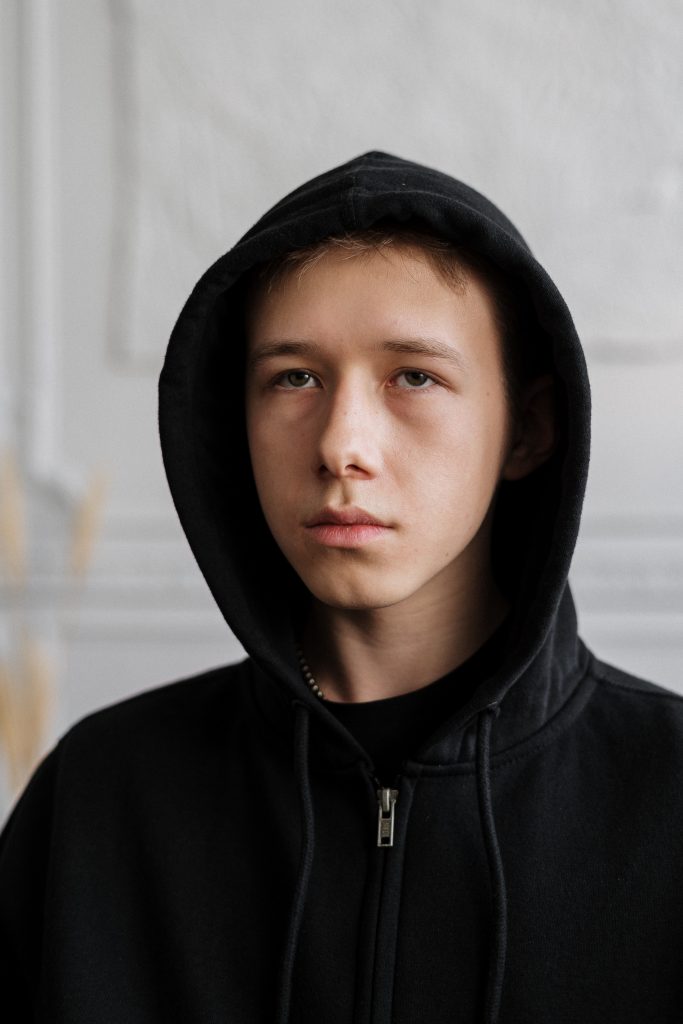

Secondly, the victim has to be taught to stand up and speak up for himself. This Day, as people determined to make the internet and our schools a place of safe, intellectual and variegated communication we need to ponder over our social construct and the reasons behind such behavior. Until we identify the cause, we won’t be able to stop the effect.
We can be hopeful, vigilant and pro-active to make an environment safer for our young generation and for ourselves too!
“It matters not what someone is born but what they grow to be.”
–J. K. Rowling’s Harry Potter and the Goblet of Fire.
Digital hackers are seen as criminals, but they see themselves as clever locksmiths. White hat hacking is a debated topic. Some are of the opinion that hacking is hacking and there is nothing ethical about it even if it is being done for the right reasons.
Hacking basically involves cracking or finding points of entry in a computer system and finally entering it. Ethical hacking is done to run a security test by attempting to gain unauthorized access for purely legal purposes. It tells the shortcomings in a computer system so that they can be identified, fixed and made more secure.
It sounds similar to any safety experiment/test conducted but its misuse has led to certain misconceptions related to it. People mostly connote hacking in a negative sense, yet it is a powerful tool in security systems.
A very basic myth is that hacking isn’t everyone’s cup of tea. It is something that only seasoned digital wizards can perform. A picture like the representation of the continuous running code in the movie The Matrix flashes. A glitch in the Matrix- it is easy if you give it a try.
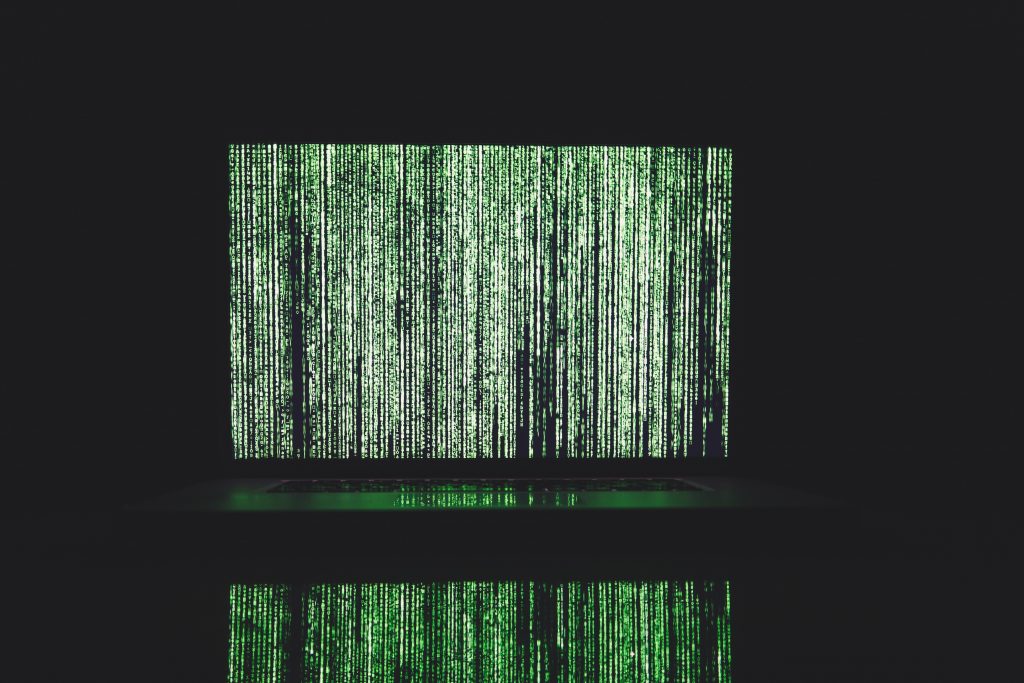

Mostly, white hat hackers are said to be less knowledgeable than the black hat ones. We only get to know about one side of the picture. We hear stories about clever hacking with criminal intent but we are unaware of the numerous white hat hackers who have made the systems so secure that it hasn’t fallen apart even though “clever” attempts are continuously made.
Most white-hat hackers were previously black-hat or involved in hacking without a legal license. Therefore, it becomes a bit difficult to prove their skill and integrity to do honest work. Although, corporate giants have come a long way and have begun actively hiring candidates who prove their skill. The integrity is well taken care of by green leaf and stimulating projects to keep them curious.
All in all, Ethical Hacking is preceded by the word ‘ethical’ to bring a positive meaning out of something negatively stereotyped for so long. The world has become a global village and the need for strong security measures has only increased as populations continue to pour information into databases.
Let us consider an analogy of armed forces and terrorists. Both are skilled in combat but that doesn’t make them synonymous. The armed forces have certain rules, ethics and protocol that they follow even if it is not a fair play.
Similarly, ethical hackers are only securing us as we take steps ahead into the future of technology day-by-day. It is imperative to think over how well-equipped ethical hackers are to protect us from malicious users. Hacking, like various other fields, is only a specialization in a domain. It is nothing to be intimidated by or to be discouraged.
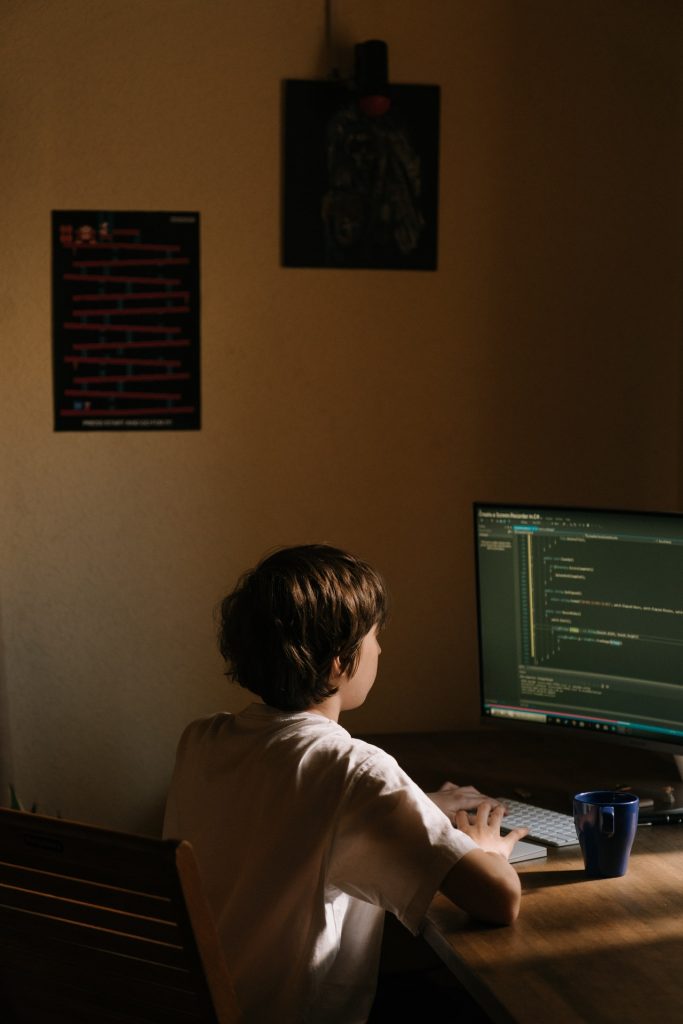

If you still feel unsure about hacking and ethical hacking, think of it as coding. Coding is being promoted nowadays as it enhances our analytical skills. Hacking is also a series of codes written to achieve a certain goal, usually beneficial if done with proper intent.
It is always better to educate yourself when in doubt. Therefore, surf and search the internet, there are various platforms available to study hacking as a really cool discipline.


This year National Mole Day will be observed on October 23 from 6.02 am to 6.02 pm to commemorate Avogadro’s Number (6.023 × 1023).
The entire week is celebrated as National Chemistry Week to honor the people related to Chemistry. Why celebrate only for a day, right?
The idea originated in the 1980s and gained popularity in May 1991 when a non-profit organization National Mole Day Foundation was set up by an American High school teacher, Maurice Oehler.
Hmm… I am not the Mole you are looking for today but I am all ears for this one!


In simple terms, a mole is a measuring unit in chemistry. One mole of any substance is 1 × ( 6.023 × 1023 ) particles of that substance.
For example, 1 mole of Oxygen gas molecule contains 6.023 × 1023 molecules of Oxygen.
Mole is used in measuring quantity even though other units like kilograms, grams, etc are present. This is due to the inconvenience posed by those other larger units. It would be like measuring a gram of sugar in kilos, which, as you must have understood, seems confounding and impractical.


Mole concept is significant in stoichiometry, a branch of chemistry that gathers accurate quantitative data to carry out chemical reactions in the desired manner. For almost all the lifestyle products we use- from fancy, fragrant soaps to our basic dantmanjan, stoichiometry comes into play, and with it arrives the Mole Concept.
However, the value of the mole is too large to be used in daily life. Considering the definition of a mole, we can calculate that if a sphere of radius 1 meter has to cover the entire volume of the Earth, then only 0.00042 moles of spheres of radius 1 meter will be required. On the other hand, moles of atoms can be packed in a chemistry lab.


In chemistry, it helps us understand the properties of gases, to differentiate between elements and compounds.
Chemistry is a science that is inseparable from our lives. Our entire body has its own set of chemistry. Although the mole concept cannot provide its direct link in our daily life, it is significant in measuring atomic particles.
Mole Concept is just a small part of chemistry and represents a small contribution of chemists in our life. National Chemistry Week is a community-based program of the American Chemical Society (ACS). The celebration is widespread with different themes for thirty days, beginning from the mid of October (October 17 to October 23) till November (till November 8).


This year, in 2020, the themes included various topics from the subject like- reaction rates, glues, and adhesives, metal, chemistry and health, polymer chemistry, soaps and detergents, chemistry is everywhere, etc.
Today, chemists can maneuver atoms one by one with a scanning tunneling microscope, and other techniques of what has become known as nanotechnology are in rapid development. The history of chemistry is an extraordinary story and Mole Concept is a miniature part of it.
Curriculum as we are very well aware of describes how teaching organizations plan and guide learning. It focuses on the place of learning (inside or outside the classroom), the number of learners (individual or in a group). It is the focal point of the teaching-learning process.
But with time, the definition and purpose of a curriculum have shifted to become a defined and prescribed course of study, which students must fulfill to pass a certain level of education.


Curriculum development is a purposeful, significant activity. It provides clear purpose and goals in an organized manner that need reassessment after a certain duration.
It is quite ordinary to feel overwhelmed with the concepts you may or may not need according to the goal you have in mind. The school curriculum incorporates basic subjects with an introduction to concepts that one must be equipped with before making a career choice.
At present, the academic curriculum is set at a perfect learning pace. It is well-structured keeping in mind the average capacity of the respective grade and the age group of the students who will be admitted to it. It also keeps a check at working hours and the time given to each subject in a regular class. The students have a basic idea from major branches of study.


What they are ignorant about is the significance of that knowledge. They feel it was unnecessary, time-consuming and a rat race for marks.
This ignorance sprouts up basically due to a lack of Coherence and Experimentation. We have seen Apple, Samsung and other tech-giants launch health and fitness gadgets. This means that technology incorporates biology as well. But when was the last time the students were taught that in the classroom?
Another factor is the deep-rooted stereotype of diverging from conventional career paths being equated with little or hard to achieve success. Although, this is changing drastically yet the demand of the time is that the students be exposed to the possibilities of merging two conventionally unrelated subjects as a single and promising future career prospect.


For example, NCERT Geography of 12th standard has Human Geography as its first chapter that relates Statistics and Demo-graphical Geography together.
Students need to be made aware of miscellaneous fields of study, possible careers and the fact that they are at the perfect stage to explore their interests and encourage creative faculty.
Sports, Fine Arts, Performing Arts, Ecology etc are still in the “graded subject” category that does not contribute to the development of the child’s mainstream academic result. This needs to be addressed and debated intellectually so that proper integration of these as mainstream subjects is possible


The New Education Policy has taken fundamental steps towards this, yet it will not be fruitful if the general mindset remains unchanged and cricket, dancing, clay modeling are sorted as hobbies.
This is a serious, productive and futuristic skill-based curriculum which the government seems to be inclined towards. What is required of us, as citizens, teachers, students and most importantly parents is that we support posterity in realizing his diverse potential.
After all, India is a unity in diversity, then why can’t our curriculum reflect so?







